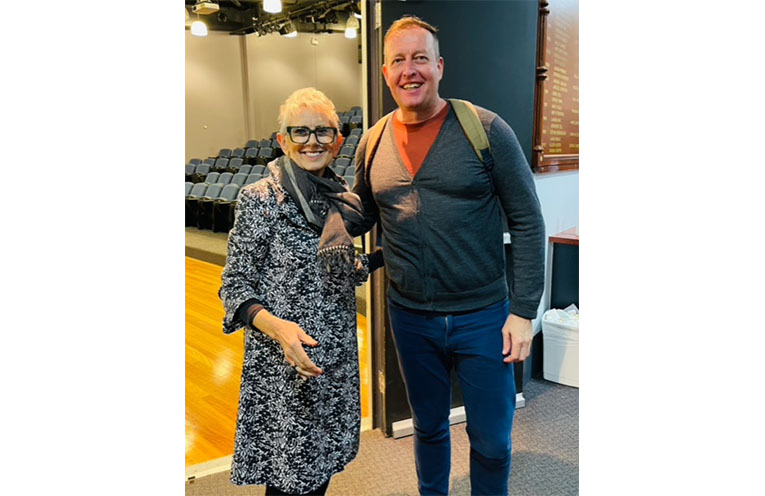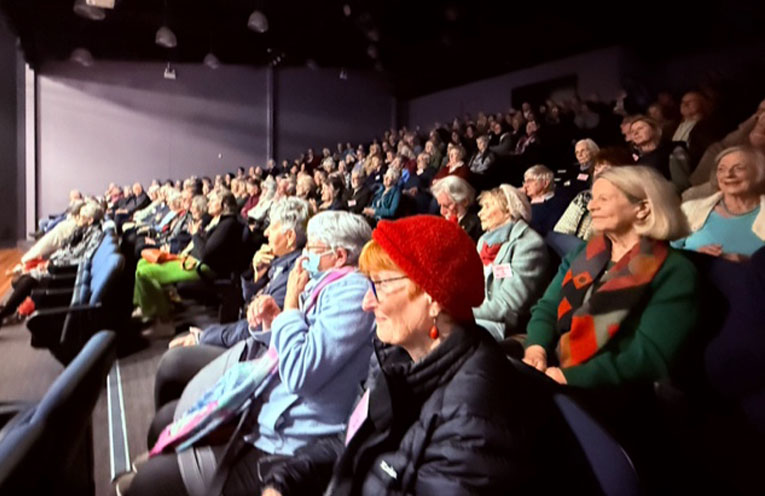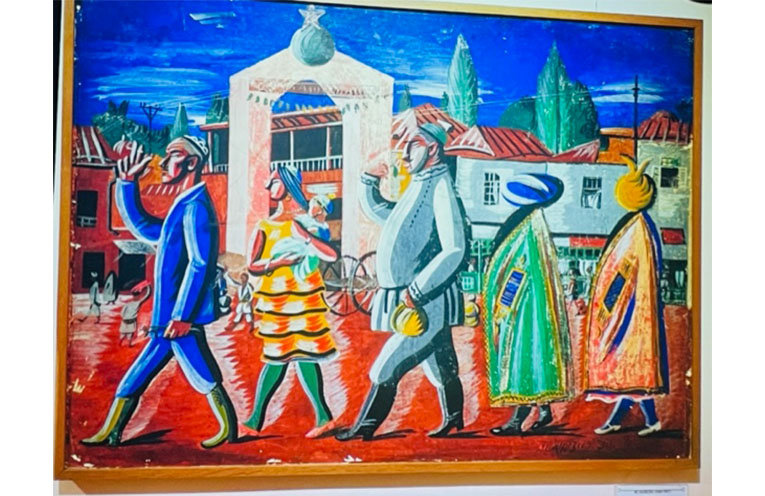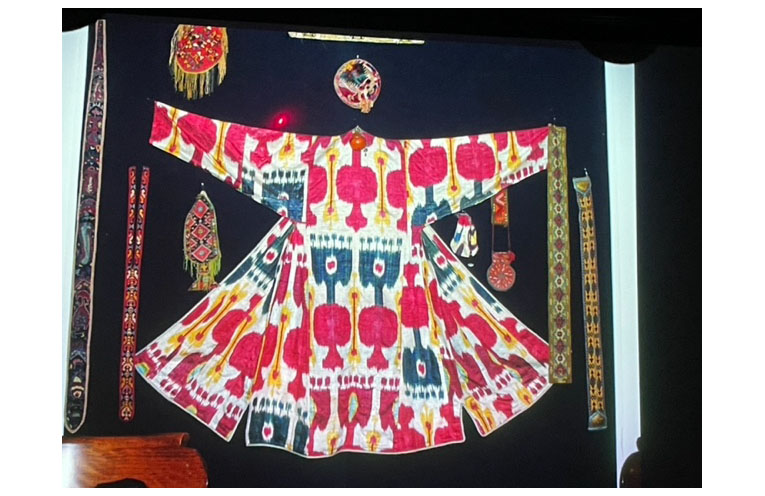A WET midwinter’s night didn’t stop 185 people turning out for ArtsNational Coffs Coast’s most recent talk, “The Golden Road to Samarkand” by Cyprus-based journalist, writer and gifted storyteller, Chris Aslan.
Mr Aslan shared how Uzbek history is inextricably linked to the exploits of warlord Timur (or Tamerlane) during the 14th-15th centuries, and the trials and tribulations of being part of the Russian Empire and Soviet Union from the late 1800s to 1991.
The ancient capital Tashkent, one of the oldest cities on the Silk Road, wears its complex history like a tattoo; its rich tapestry of Turkic and Islamic mosaics sit alongside brutalist Soviet era architecture.
However, not all architecture under the Soviets was brutalist, Mr Aslan explained.
The stunning metro train stations, the bustling market stalls, textile production houses, all date from the 20th century.
The ArtsNational audience was then whisked to the wondrous city of Samarkand.
The home city of Timur, Samarkand’s skyline is punctuated by glittering domes and minarets, mosques, mausoleums and madrassi.
The largest slab of black nephrite jade in the world can be found in the burial place of Timur, the Gur-e-Amir Mausoleum.
There are blue and turquoise tiles everywhere.
The Tumurid Dynasty considered blue to symbolise the heavens and turquoise translates as “the colour of Turks”.
From Samarkand the audience was transported to the pre Islamic Persian-inspired trading city of Bukhara.
Its old Jewish quarter, still extant, and its Zoroastrian roots speak of a once sophisticated multi-ethnic city at a key juncture of the Silk Road.
Mr Aslan described its step pools, baths, aquamarine tiles and minarets, as “fusion architecture”.
He then moved on to the walled desert city of Khiva, 1000km from Tashkent, where he spent seven years working for a Swedish charity reviving 15th century carpet designs and embroideries.
He was forced to leave during an anti-Western purge and spent a year in Cambridge writing “A Carpet Ride to Khiva”.
Built of mud bricks and still standing after 2800 years, Khiva is described as a living museum and is UNESCO protected.
Four gates of black elm wood still mark the entry and exit points for the old city.
Among its stunning minarets and madrassas, its fortress walls and rich textile traditions, an improbable history can be found.
Pacifist Mennonite Germans migrated from Russia from the 1880s to 1930s looking for religious sanctuary.
They settled just outside Khiva, leaving a legacy of modern thinking and a range of European style public buildings.
Nukus, the capital of the autonomous Republic of Karakalpakstan, is a Soviet creation.
Perched at the edge of the inland Aral Sea, an environmental disaster thanks to the Soviets, Nukus boasts the remarkable Savitsky Museum; a collection of often banned avant-garde Soviet era artworks.
Thanks to the efforts of ethnographer and electrician Igor Savitsky, the museum owns 90,000 artefacts, including 15,000 paintings, jewelry, camel bags, and Zoroastrian and Buddhist reliquaries.
“It’s an absolute treasure,” Mr Aslan said.
“Collected during the 1950s and 60s and smuggled out of Russia when social realist art was elevated and all other styles were banned; this collection has been preserved thanks to an eccentric genius and the geographical isolation of Nukus.
“The artists themselves often languished or died in Siberian gulags.”
Now independent, Uzbekistan is a welcoming place to international travellers.
Before departing Coffs Harbour, Mr Aslan noted the enthusiasm of the packed theatre supporting ArtsNational.
The next ArtsNational talk is “T.S. Eliot and Art” on 18 August.
By Andrea FERRARI
You can help your local paper.
Make a small once-off, or (if you can) a regular donation.
We are an independent family owned business and our newspapers are free to collect and our news stories are free online.
Help support us into the future.







